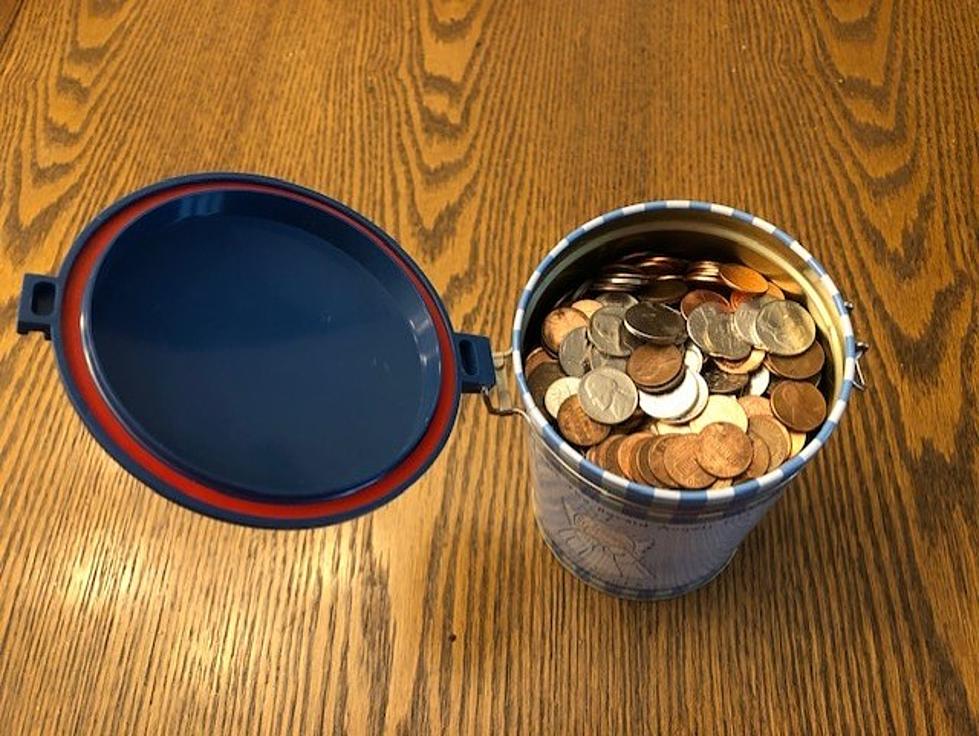
QE3 – What Is It and Why Should I Care?
QE stands for “quantitative easing.” It’s a high priced word the Federal Reserve uses to play a little accounting “hopscotch.” In essence the Fed buys bonds, such as bank loans, mortgaged backed securities (MBS), and US Treasury notes.
Where Does The Money Come From?
It’s pretty simple. The Fed creates the money out of thin air by issuing I.O.U.’s or, as you and I call it, credit. They buy these assets with borrowed money. Sounds vaguely familiar doesn’t it? That’s because it is.
The end result of issuing this credit is an increased money supply. Don’t get hung up on the money not really existing. It absolutely exists in the world of accounting and especially banking. The plan is that banks will take this additional newly found wealth and use it to make loans and stimulate the economy. Stimulate, another of those words that have lost their meaning in everyday language.
As you may have already guessed, the banks didn’t respond as expected. Instead of making loans, as the Fed had hoped, the banks used the money to reduce their foreclosure write-offs. Many saved it in their vaults, just in case the Dodd-Frank Bill required more liquidity in the coming months and years. In an effort not to get burned again by subprime mortgages from 2007, the banks upped their lending requirements, making it much harder for loans to be approved.
What About QE1 and QE2?
The first quantitative easing didn’t have a number because the Fed assumed it would work. In 2010, along came QE2, that didn’t do much for the economy other than hold unemployment in the 8% range. So the Fed is on a roll. Why stop now?
What Makes QE3 Different?
On September 13, 2012, the Federal Reserve voted 11-1 to do three things they have never done before. First, QE3 will begin an open-ended, bond-purchasing program of agency mortgage-backed securities and continue low interest rates into 2015. How much borrowed money will the Fed spend? The, never before done part, is to print (?) and spend $40 billion each month, with no maximum amount spent, and no time limit on when they will stop. In the past the Fed has always set, either a time limit or, a spending cap, or both.
Two, the Fed has two jobs. 1. Keeping unemployment under control, and 2. Regulate interest rates to keep the dollar strong and prevent inflation or deflation. Neither one is all that great at the moment. This action would seem to be the first time the Fed has created a quasi-jobs bill to target the labor market. I guess the idea is, pump enough money into the system and sooner or later there will be enough to hire someone. Will it work? Keeping my fingers crossed
Three, the Fed has put all it’s cards on the table. It has no other cards to play. If this one goes down, there really isn’t any back-up waiting in the deck. Interest rates are at an all time low and there is no room to go lower. Borrowing $40 billion a month with no end in sight has got to concern investors and business owners. In addition to that, the Fed has put America’s credit rating further at risk. And that weakens our attractiveness to both foreign and domestic investors. Not to mention the dollar.
Some Final Thoughts
In my opinion, Ben Bernanke is in a race against time. Can he borrow and spend money fast enough to outrun the recession? And, can he do it before investors and buyers start to lose confidence in the dollar?
Fortunately the Chinese are still buying our bonds at 1% instead of 4% and that is keeping our national debt from going totally galactic. If they stop, others may follow their lead. So, it’s fourth quarter, no time on the clock, no time outs left and it’s fourth down. What do you say Ben, — time for a “Hail Mary?”
More From KMMS-KPRK 1450 AM








![[POLL] Will You Got Back to Restaurants and Bars When They Open?](http://townsquare.media/site/8/files/2017/04/Adam-Berry.jpg?w=980&q=75)
